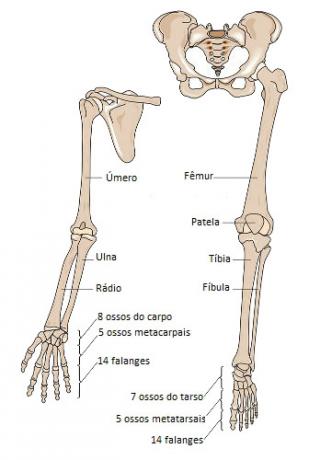You polar bears (maritimus bears)they are animals mammals found in the region of Arctic, a very cold place with a lot of ice. It is the largest of all the bears in the world, being more than two meters long and weighing up to 720 kg. In nature, these animals live an average of 30 years.
You polar bears are known for their white fur, which allows an easy camouflage in this snow-rich environment. However, what few people know is that these bears actually have black skin. These animals also have a large amount of fat in their bodies, which makes them protected from the cold. Without this protection, it would be impossible to survive in this location and swim in the region's icy waters.
These beautiful animals are excellent swimmers and are commonly seen in the open sea. They usually swim in search of food and other places to rest. On average, a polar bear reaches 10 km/h.
ferocious carnivores, polar bears feed mainly on seals. To capture these animals, the bear digs holes in the ice and waits for the prey to come up to get some air. They can also feed on dead animals such as whales. In the summer period, when the ice melts, bears go a long time without feeding, surviving thanks to their reserves. Polar bears have no natural predators and are therefore the great kings of the Arctic.

Females take care of their young for a little over two years
Polar bears do not stay in fixed locations throughout their lives and are often seen roaming the Arctic. They are solitary animals that are only together during the mating season. At this reproductive moment, it is common to see males competing for the female.
The breeding season for polar bears takes place between March and May, while the birth of cubs usually takes place between November and January. Birth takes place inside snow burrows, and females usually give birth to twins who stay with her for just over two years. They take care of their young alone, and males are considered a great threat to the young.
Polar bears are extremely dependent on ice to survive, so, changes in the planet's average temperature can cause serious harm to the population. If the temperature increase continue and, consequently, the amount of ice decreases, most likely this species will cease to exist in about 100 years. This animal is currently classified as vulnerable on the International Union for the Conservation of Nature and Natural Resources (IUCN) red list.
By Ma. Vanessa dos Santos



